The summer of 2002 was a bad year for wildfires in Colorado. There were at least 11 fires that year, including the notorious Hayman fire (still the largest fire in recorded Colorado history), and the Big Elk fire in Estes Park (which cost three firefighters their lives in two separate aerial crashes). During a recent visit to Mesa Verde National Park, I was able to see firsthand the remaining vestiges of the Long Mesa fire, which consumed approximately 2,600 acres of trees and brush before being extinguished.
A bolt of lightning struck the top of Chapin Mesa on July 29, 2002, sparking the resultant inferno. The dense piñon and juniper forest, already dry from drought conditions, made a great medium upon which the fire spread. As the flames swept across the mesa, the park was evacuated, ultimately forcing over 2,000 visitors and roughly 100 workers to leave the area. In a fortuitous bit of foresight, the park service had already relocated a warehouse worth of relics to an undisclosed location outside the park, specifically because the weather conditions made the threat of fire a very real possibility.
Planes flew in, dumping a flame retardant slurry over areas threatened by the inferno, while firefighters fought the blaze from the ground. Owing to quick response from the National Park Service and firefighters alike, the fire was reported to be 80% contained within a week, and some parts of the park were reopened to visitors by August 9, 2002.
Fortunately, none of the irreplaceable Anasazi ruins were jeopardized, although the Cedar Tree Tower did lose its titular tree (actually a type of juniper). Several park buildings were destroyed in the blaze, and the roof of the million-gallon water tank was scorched, making the water undrinkable. In addition, employee housing was threatened, as were park headquarters and the museum (the first museum ever built within a national park).
Almost seventeen years later, the signs of the burn are still plainly obvious. Although the green underbrush has started to reassert itself, there is still a distinct lack of living trees on much of the plateau. It’s important to recognize that wildfires such as this, though ominous, are natural, and in fact an important role in forest ecology. One other thing of note is that the fire revealed hundreds - perhaps even as many as a thousand - previously unknown archaeological sites, which are now being explored, giving more insight into the lives of the Pueblo tribes which abandoned the ruins in the 14th century.
For more reflections on Colorado's wild past, visit Western History and Genealogy. Don't forget to like our Facebook page or subscribe to our newsletter (to the right) to stay informed of upcoming events.


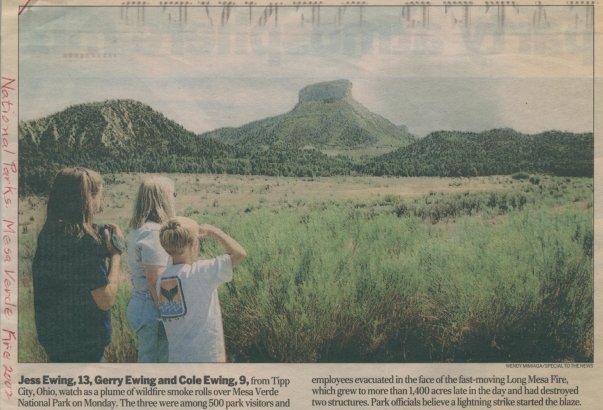
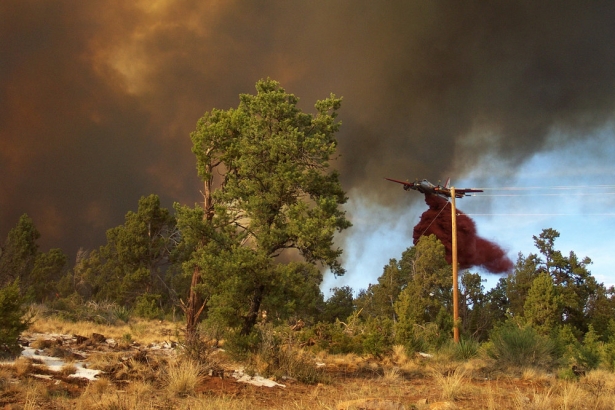
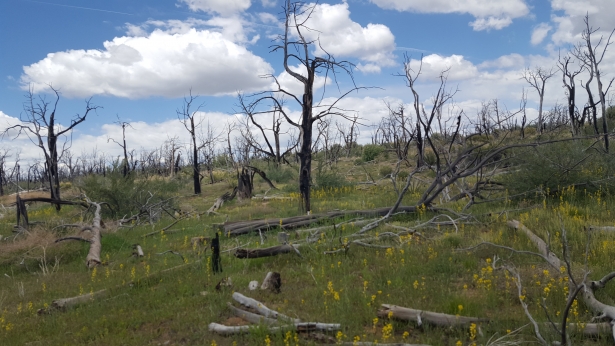
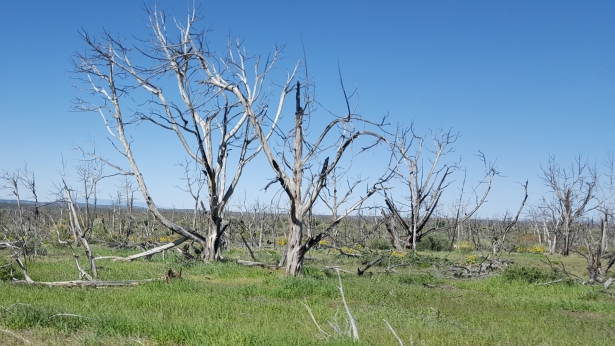
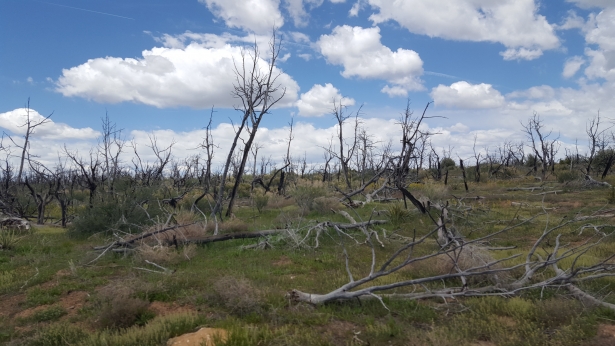
Comments
Wow. This was a very
Wow. This was a very interesting and informative article.
Thanks! Glad you enjoyed it!
Thanks! Glad you enjoyed it!
Add new comment